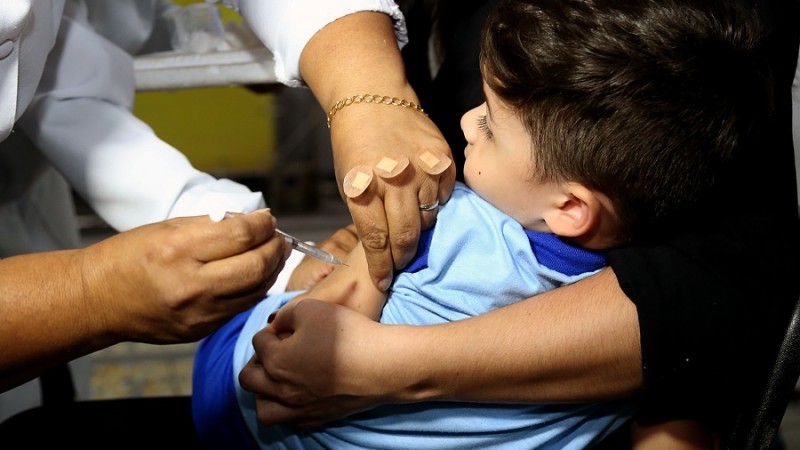
[ad_1]
Still far from the goal of vaccinating at least 95% of children up to five years of age in Rio Grande do Sul against polio, the Vaccination Campaign against the disease closes the week with 63% coverage. Overall, 334,000 children in this age group have been vaccinated since the start of the campaign on 5 October.
Parents and guardians must take their children to health clinics or vaccination homes by November 21 to update the vaccination book or receive an extra dose of immunization against so-called infantile paralysis. The national campaign ended on October 30, but the state government extended the deadline at the state level to reach the goal.
The only municipalities that have already achieved the goal are those covered by the 14th State Health Coordination, based in Santa Rosa, and the 19th State Health Coordination, based in Frederico Westphalen. On the other hand, there are regions such as Metropolitana, Vale do Sinos, Santa Maria and Alegrete, for example, which have reached just over 50%.
According to the head of the Epidemiological Surveillance Division of the State Health Surveillance Center (Cevs), Tani Ranieri, “it is essential to seek homogeneous vaccination coverage for all age groups and regions of Rio Grande do Sul”.
See the full report here.
In parallel there is the Multivaccination Campaign, which aims to update the vaccination situation of the population up to 15 years of age, according to the indications of the National Vaccination Calendar. In addition to increasing vaccination coverage, the aim is to reduce or control the incidence of vaccine-preventable diseases. As it is a strategy to update expired schemes, the objectives are not met. The assessment will be made on the basis of the doses applied and recorded in the information systems in the period.
COVID-19
Tani Ranieri stresses that all health posts are following security measures to prevent the contagion of Covid-19. “The health units are ready to welcome citizens,” he adds.
Research
Research conducted by SES last year showed that the main causes of low vaccination coverage in the state are due to neglect and misinformation. In the survey, 59% of people indicated personal reasons for not vaccinating their children, such as forgetfulness, fear of side effects and lack of time. Even if for some reason they did not vaccinate the children, more than 96% said they believe in immunization and consider it important. Only 4% said they did not believe in the efficacy of the doses.
It has also been found that young people stop vaccinating their children more often because in other times they did not live with certain common diseases and which have long since disappeared, but which today are making a strong comeback. Measles is an example.
Source link